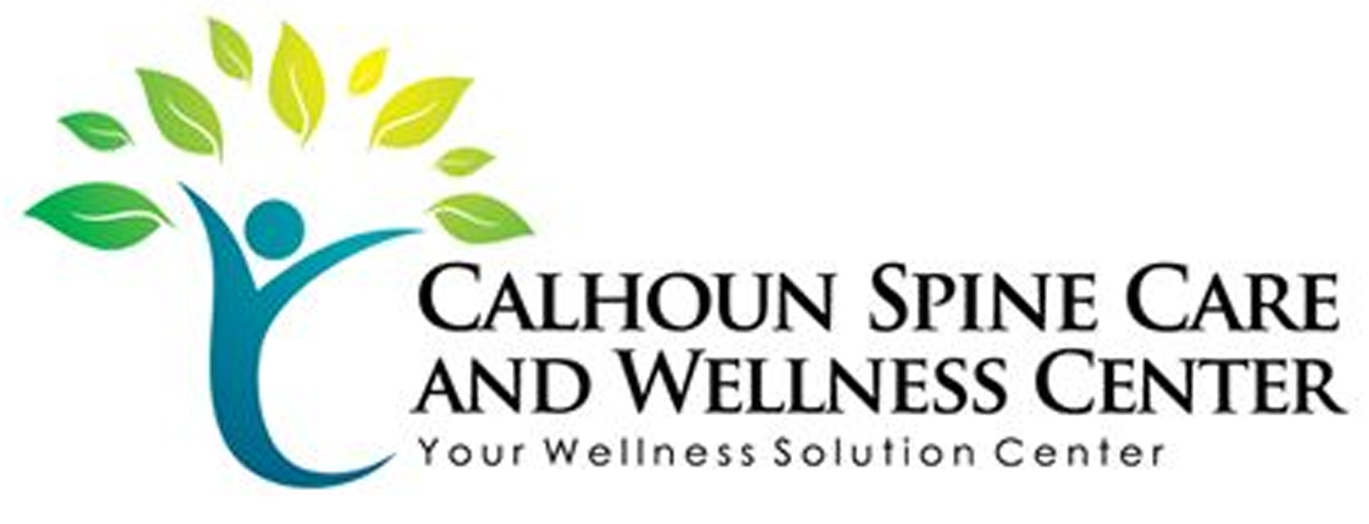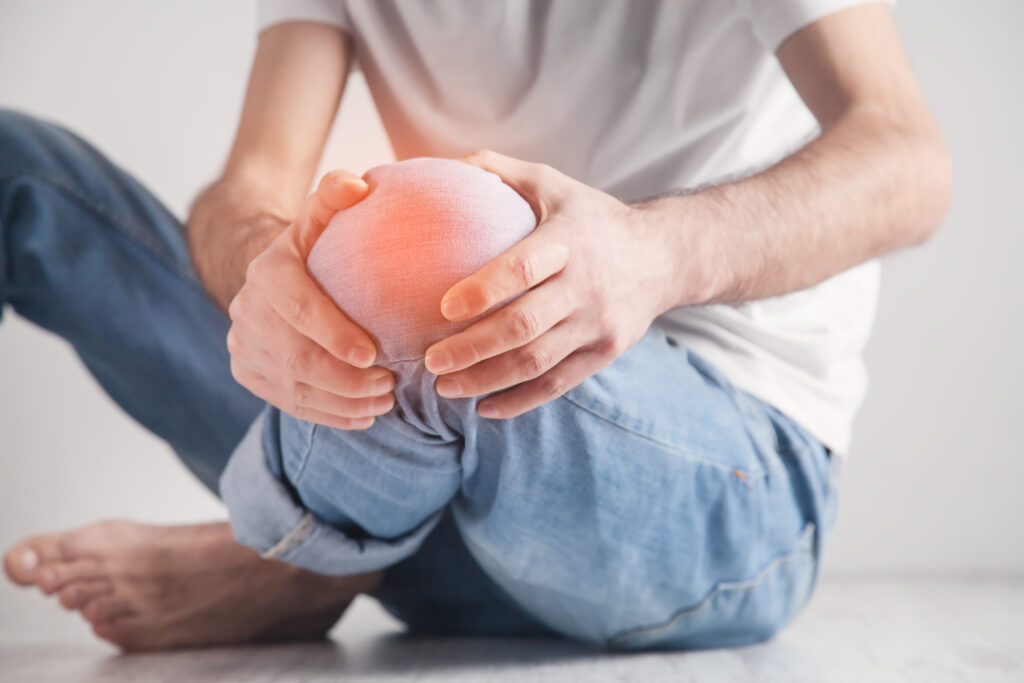If you've ever faced a sports injury, you know how essential it is to find effective recovery methods. Chiropractic techniques offer a range of solutions that can help you regain strength and mobility. By addressing misalignments and enhancing musculoskeletal health, these approaches not only reduce pain but also prevent future injuries. You might be curious about specific techniques like spinal manipulation or kinesiology taping, and how they can fit into your recovery plan. Understanding these methods could change the way you approach your healing process.
Understanding Sports Injuries
Sports injuries can sideline athletes, affecting their performance and overall well-being. Understanding these injuries is fundamental for anyone involved in sports, whether you're a seasoned athlete or just starting out.
You'll find that sports injuries can be categorized into two main types: acute and chronic. Acute injuries happen suddenly, often due to a specific incident, like a fall or collision. Think sprains, strains, fractures, or concussions. You might feel immediate pain, swelling, or difficulty moving the affected area.
On the other hand, chronic injuries develop over time, usually as a result of repetitive motion or overuse. If you've ever felt nagging pain in your joints or muscles that just won't go away, you might be dealing with a chronic injury. Conditions like tendonitis or stress fractures often fall into this category. Recognizing the signs early can make a significant difference in your recovery.
In both cases, understanding the mechanics of your body plays an important role in prevention and recovery. Pay attention to your body's signals, and don't ignore pain. It's imperative to listen to what your body is telling you; pushing through pain can lead to more severe injuries.
Proper warm-ups, cool-downs, and strengthening exercises can help keep you injury-free. By being aware of the types of injuries that can occur and the factors that contribute to them, you'll be better equipped to take care of yourself and stay in the game longer.
Benefits of Chiropractic Care
Chiropractic care offers numerous benefits for athletes recovering from injuries, and it can be an important part of your rehabilitation process. By integrating chiropractic care into your recovery plan, you can enhance your overall healing, improve your performance, and get back to the activities you love more quickly.
Here are three key benefits of chiropractic care for your recovery:
- Pain Relief: Chiropractors use various techniques to relieve pain associated with sports injuries. By addressing misalignments and tension in your body, you can experience significant reductions in discomfort, allowing you to focus on your recovery.
- Improved Mobility: Injuries can restrict your range of motion, making it difficult to return to your sport. Chiropractic adjustments help restore proper alignment and function, enabling you to move more freely. This enhanced mobility can be vital for regaining your strength and agility.
- Injury Prevention: Regular chiropractic care not only aids recovery but also helps prevent future injuries. By identifying and correcting biomechanical issues, you can improve your body's overall function, reducing the risk of re-injury as you return to your sport.
Incorporating chiropractic care into your recovery journey provides you with a holistic approach to healing.
It empowers you to take control of your recovery, ensuring you're back in peak shape and ready to perform at your best.
Spinal Manipulation Techniques
When recovering from a sports injury, understanding various spinal manipulation techniques can greatly enhance your healing process. These techniques focus on realigning the spine and improving overall function, which is vital for regaining mobility and reducing pain.
One common technique is the Diversified technique, where the chiropractor applies a quick thrust to specific joints in the spine. This method helps restore proper alignment and can relieve pressure on nerves, leading to immediate pain relief. You might feel a popping sound, which is normal and often indicates that the adjustment was successful.
Another effective technique is the Gonstead method. This approach involves a detailed assessment of your spine, including X-rays, to identify misalignments. The chiropractor then uses a specific adjustment to correct these issues, promoting better biomechanical function.
You'll likely appreciate the precision of this method, as it targets specific areas that may be causing discomfort.
The Activator method is also worth mentioning. This technique uses a small handheld instrument that delivers a gentle impulse to the spine, helping to realign vertebrae without the high-velocity thrusts of other techniques.
It's ideal if you prefer a more subtle approach to adjustments.
Soft Tissue Therapy
Soft tissue therapy plays an essential role in your recovery journey, targeting muscles, tendons, and ligaments to alleviate pain and promote healing. This approach focuses on the soft tissues in your body, helping to enhance blood flow, reduce inflammation, and improve overall mobility.
By addressing the underlying issues related to your sports injury, you can return to your favorite activities more quickly and effectively.
Here are three key benefits of soft tissue therapy:
- Pain Relief: Soft tissue techniques can help reduce muscle tension and soreness, providing immediate relief from pain. Whether you're dealing with a strain or overuse injury, these therapies can ease your discomfort.
- Improved Flexibility: Regular sessions can enhance your range of motion by releasing tight muscles and fascia. This increased flexibility not only aids in recovery but also helps prevent future injuries by allowing your body to move more freely.
- Faster Recovery: By facilitating the healing process, soft tissue therapy speeds up recovery times. The increased circulation and reduction of scar tissue formation can help you bounce back more quickly, allowing you to get back in the game sooner.
Incorporating soft tissue therapy into your rehabilitation plan can greatly enhance your recovery.
Be sure to consult with a qualified chiropractor to determine the best approach tailored to your specific needs. Prioritizing this aspect of your recovery will ultimately lead to a better outcome and improved performance in your sport.
Active Release Technique
Active Release Technique (ART) offers significant benefits for athletes recovering from sports injuries.
It focuses on identifying and treating specific soft tissue problems, making it highly effective for muscle tension and pain.
Benefits of Active Release
The Active Release Technique (ART) offers numerous benefits for athletes recovering from sports injuries. This hands-on therapy focuses on releasing tension in muscles, tendons, and fascia, which can lead to faster recovery times and improved performance.
Here's how ART can help you:
- Reduces Scar Tissue: ART specifically targets areas affected by scar tissue, breaking it down to restore normal function. This can alleviate pain and improve mobility.
- Enhances Range of Motion: By addressing tightness and restrictions in your muscles and connective tissues, ART helps increase your range of motion. This is essential for athletes who rely on flexibility and agility in their performance.
- Speeds Up Recovery: ART promotes blood flow and oxygen delivery to injured areas, which accelerates the healing process. You'll find that you can return to your sport sooner and with less discomfort.
Incorporating ART into your recovery regimen can make a significant difference in how you heal and perform.
Application in Sports Injuries
Chiropractic techniques, particularly Active Release Technique (ART), play an essential role in treating sports injuries. When you experience muscle tightness, strains, or overuse injuries, ART can effectively target the specific areas causing pain. This hands-on therapy focuses on releasing tension in muscles, tendons, and fascia, helping you regain mobility and function.
During an ART session, your chiropractor will evaluate your movement patterns and identify restrictions in soft tissue. They'll apply precise pressure while guiding you through specific movements, breaking up adhesions and scar tissue. This process not only alleviates pain but also helps restore proper blood flow and encourages healing.
You'll likely notice improvements after just a few sessions, enabling you to return to your sport more swiftly and safely. Whether you're a weekend warrior or a professional athlete, ART can be tailored to your individual needs, addressing issues like runner's knee, tennis elbow, or shoulder pain.
Incorporating ART into your recovery plan enhances your overall performance and reduces the risk of future injuries.
Graston Technique
Utilizing specialized instruments, the Graston Technique offers an innovative approach to treating sports injuries. This form of soft tissue mobilization uses stainless steel tools to detect and treat areas of scar tissue, fascial restrictions, and adhesions. If you're dealing with a stubborn injury, this technique might be just what you need to facilitate recovery.
The Graston Technique works by breaking down scar tissue and promoting increased blood flow to the affected area, which can greatly enhance your healing process.
Here's what you can expect when you undergo treatment:
- Assessment and Treatment: Your chiropractor will assess your condition and determine the best way to use the instruments on your specific injury. They'll use the tools to gently glide over your skin, pinpointing areas of restriction.
- Improved Mobility: As scar tissue is broken down, you'll likely experience increased range of motion and flexibility. This can be particularly beneficial for athletes who rely on quick, agile movements.
- Faster Recovery: By enhancing circulation and breaking down the tissue, the Graston Technique can help expedite your recovery, allowing you to get back to your sport sooner.
Incorporating the Graston Technique into your rehabilitation plan can make a notable difference in how you recover from sports injuries.
If you're tired of dealing with pain and limited mobility, consider discussing this technique with your chiropractor to see if it's right for you.
Kinesiology Taping
Kinesiology taping is a popular technique among athletes for its ability to support muscle function and enhance recovery from sports injuries. This method utilizes elastic therapeutic tape, which you can apply over and around muscles and joints. The tape's elasticity allows for a full range of motion, unlike traditional rigid tape, making it ideal for athletes who need flexibility during their activities.
When you apply kinesiology tape correctly, it can provide support to injured or inflamed muscles without restricting your movement. Its unique design helps to lift the skin slightly, which can reduce pressure on pain receptors and improve circulation in the affected area. This increased blood flow aids in reducing swelling and promoting healing, allowing you to recover more quickly from your injury.
You can use kinesiology taping for various conditions, including strains, sprains, and tendonitis. It's particularly effective for common sports injuries, such as knee pain or shoulder instability. Before applying the tape, confirm to clean the skin and verify it's free of oils or lotions for better adhesion.
While kinesiology taping can be beneficial, it's crucial to consult with a trained professional who can show you the proper application techniques. They can tailor the taping method to your specific needs, enhancing its effectiveness.
Incorporating kinesiology taping into your recovery plan can greatly improve your performance and help you get back to your sport sooner.
Therapeutic Exercises
When you're recovering from a sports injury, incorporating therapeutic exercises into your rehabilitation plan can make a significant difference.
These exercises not only help you regain strength and flexibility but also promote healing and prevent future injuries. By focusing on targeted movements, you can effectively support your recovery journey.
Here are three therapeutic exercises you should consider:
1. Range of Motion Exercises: Start with gentle movements to maintain or improve your flexibility. Stretching your injured area helps reduce stiffness and enhances blood flow.
For instance, if you've injured your shoulder, try arm circles or pendulum swings to encourage mobility.
2. Strengthening Exercises: Once your range of motion improves, gradually introduce strength-building exercises. Focus on low-impact activities that engage the muscles surrounding the injury.
For example, if your knee is the issue, consider wall sits or leg lifts to strengthen those supporting muscles without putting excessive strain on the joint.
3. Balance and Stability Exercises: These exercises are essential for regaining coordination and preventing re-injury.
Simple activities like standing on one leg, using a balance board, or performing stability ball exercises can enhance your proprioception and overall stability.
Incorporating these therapeutic exercises into your routine not only accelerates your recovery but also lays a solid foundation for returning to your sport.
Always consult with your chiropractor or physical therapist to tailor these exercises to your specific needs and verify you're on the right track.
Posture and Alignment
Maintaining proper posture and alignment is essential for your recovery from sports injuries. When your body is aligned correctly, it reduces strain on muscles and joints, promoting healing and preventing further injury. You'll find that focusing on your posture during daily activities aids in the recovery process by ensuring your body functions efficiently.
Start by becoming aware of your posture throughout the day. Whether you're sitting, standing, or walking, make it a habit to check in with your alignment. Keep your shoulders back and down, your spine straight, and your head aligned over your shoulders. This simple adjustment can make a significant difference in how your body feels and performs.
Incorporating exercises that strengthen your core can enhance your posture. A strong core supports your spine and encourages proper alignment, reducing the risk of injury. You might consider performing exercises like planks or bridges, which target those essential muscles.
Additionally, consider visiting a chiropractor who can assess your specific alignment issues. They'll provide targeted adjustments that can help restore your body's natural posture.
Regular chiropractic care not only addresses existing injuries but also reinforces healthy movement patterns, making it easier for you to maintain good posture.
Integrating Chiropractic With Other Treatments
Chiropractic care can be a powerful ally in your recovery journey, especially when integrated with other treatment modalities. Combining chiropractic adjustments with other therapies can enhance your overall healing process, making it more effective and efficient.
By working collaboratively with different healthcare professionals, you can address various aspects of your injury and recovery.
Here are three key treatments to take into account integrating with chiropractic care:
- Physical Therapy: This focuses on strengthening your muscles and improving your range of motion. While chiropractic adjustments align your spine and joints, physical therapy can help you rebuild strength and stability in the affected areas.
- Massage Therapy: This therapeutic practice can relieve muscle tension and promote relaxation. When combined with chiropractic care, massage therapy can prepare your muscles for adjustments, making them more effective and reducing discomfort.
- Nutrition Counseling: Proper nutrition plays a significant role in recovery. Working with a nutritionist can help guarantee you're fueling your body adequately, which can enhance healing and reduce inflammation.
Integrating these treatments with chiropractic care can provide a thorough approach to your recovery.
By addressing the physical, muscular, and nutritional aspects of your healing process, you'll empower yourself to bounce back stronger and faster.
Conclusion
Incorporating chiropractic techniques into your sports injury recovery can make a significant difference in your healing process. By addressing misalignments and using methods like spinal manipulation and soft tissue therapy, you can reduce pain and improve your overall function. Adding kinesiology taping and therapeutic exercises helps support your recovery and prevent future injuries. Embracing this all-encompassing approach not only gets you back in the game faster but also enhances your overall athletic performance.



